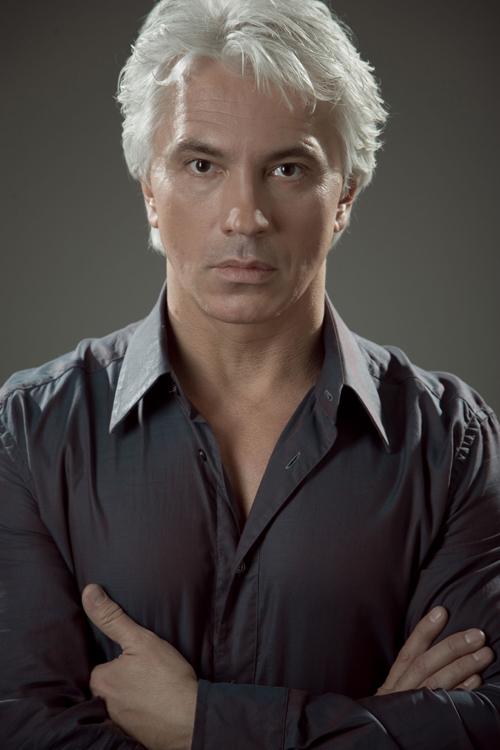Russia’s best spread traditional music through the U.S.
Nov 12, 2007
NEW YORK – La creme de la Kremlin is touring the United States.
Russia’s Academy of Choral Art, along with the Moscow Chamber Orchestra, is accompanying star baritone Dmitri Hvorostovsky on a 13-stop North American tour.
“This is the full range, the full journey, of Russian music,” the Siberian-born baritone says of the repertoire sung by the chorus that has performed with him “for many Kremlin occasions.”
The 40-member group, dubbed the “creme de la Kremlin” in the Soviet era, has endured more than half a century as an artistic force. The current singers, most in their 20s and trained at the Moscow-based academy, have “the most excellent sound that anyone can produce from choruses in Russia,” says Hvorostovsky. “And they have great spirituality.”
The Russian musicians are to perform in Los Angeles on Sunday, followed by New York, Miami, Washington, Montreal, Quebec City, Toronto, Chicago and Boston.
Get The Daily Illini in your inbox!
The tour started in Mexico, with stops last week in Berkeley, Calif., and Dallas.
The program, with San Francisco native Constantine Orbelian conducting, is billed as a retrospective of Russian vocal art from the 19th century to the Soviet era.
In the first half, the baritone will sing centuries-old Russian sacred works from the Christian Orthodox rite, plus opera arias from Tchaikovsky’s “Queen of Spades” and “Eugene Onegin,” and from Rimsky-Korsakov’s “The Tsar’s Bride.”
The rest of the program features romances of pre-Revolutionary Russia and popular songs of the Soviet era that speak to the heart of Hvorostovsky’s homeland – from the poignant “Nezhnost” (“Tenderness”) and “Gori, gori, moya zvezda” (“Shine, shine, my star”) to more recent music from the rock ‘n’ roll era.
Accompanying some of the songs is a traditional instrumental ensemble including a plucked psaltery called the “gusli,” a rounded string “domra” and a balalaika.
The choral academy was opened in 1944 to restore traditional Russian choral education, which was interrupted in the early 20th century when the communists came to power.






